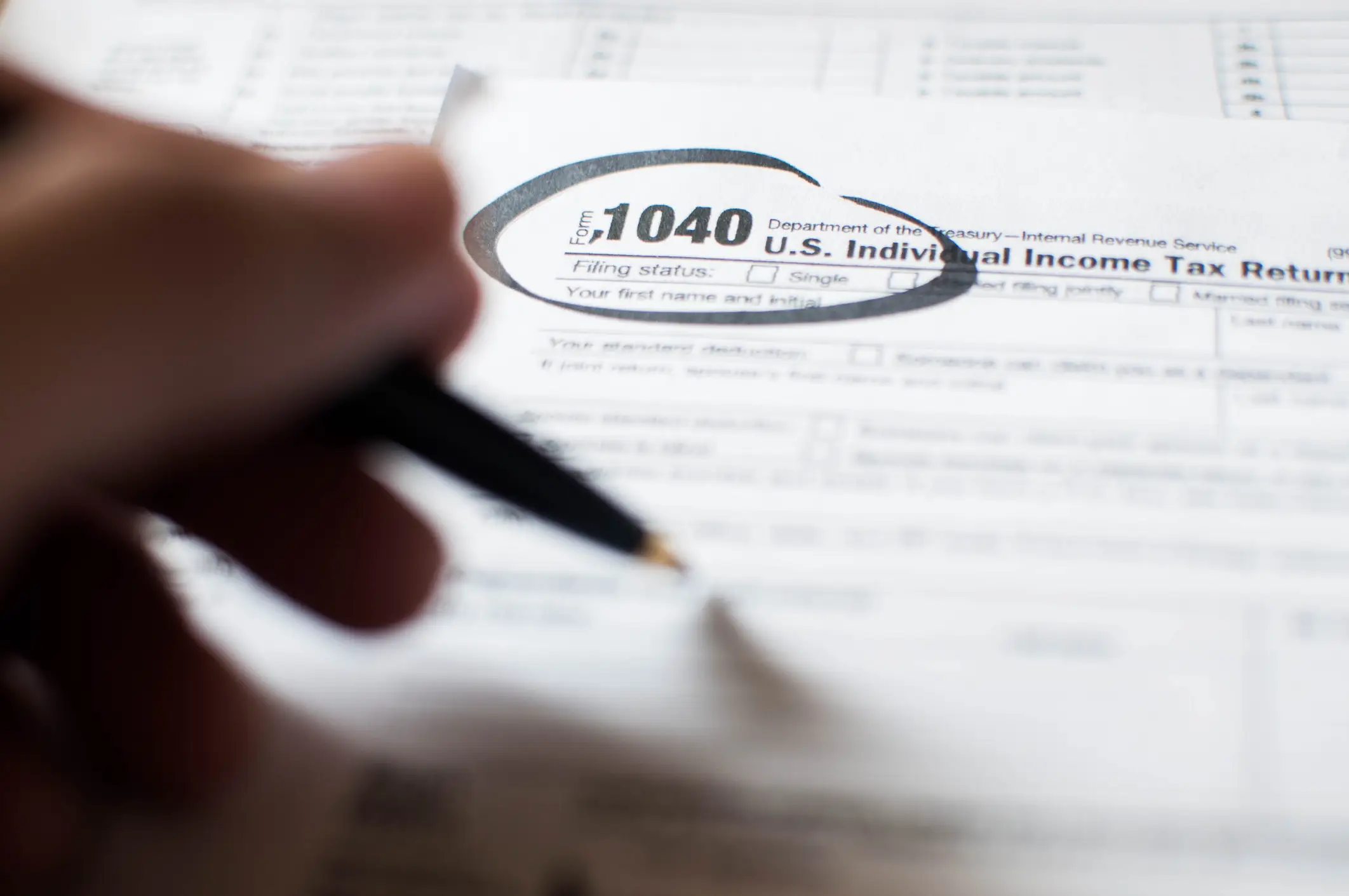Small business taxes are the tax amount which you need to pay to the government while running an enterprise.
The business structure you choose to go for while starting your enterprise proves to be instrumental in determining the taxes which you would pay. You can be a corporation, S corporation, sole proprietor, partnership or Limited Liability Company (LLC). The taxes will vary across these business structures.
Organizations should pay taxes on an annual basis, but several businesses should pay quarterly taxes as well. For instance, enterprises with employees should file taxes on the quarterly basis with the IRS Form 941, and those who are self-employed usually pay estimated taxes on a quarterly basis.
You can invite penalties and interest payments if you do not pay these taxes in a timely manner. Therefore, it is imperative to be aware of the obligations of your particular entity type.
In light of all this, let’s take a closer look at quarterly taxes.
What are quarterly taxes?
Quarterly taxes are estimated tax payments that are made to the IRS and filed in advance of the annual tax return. Thus instead of a single big payment, you must pay the tax in four installments in a year (every quarter). These amounts will vary and depend on your business’ estimated income for the particular year.
Now you must understand what ‘estimated’ means. It implies that you estimate or assume the amount prematurely, and they have not taken place till the time you fill out your tax return.
Who should file quarterly tax returns?
The quarterly taxes are for all those individuals expecting to owe taxes amounting to at least $1000 from their income.
For corporations, the annual tax threshold is $500. Generally, you don’t have to file quarterly taxes if your federal tax withholdings total a minimum of 90% of the amount that you would owe for the entire year.
Individuals who fall under any of these categories should file these taxes:
- S corporation shareholders
- Corporations
- Self-employed
- Partnerships
- Sole proprietorship
Individuals who aren’t expected to make estimated payments of more than $1000 are exempted from filing quarterly taxes.
When are quarterly taxes due?
The payments of quarterly taxes are spread across four payment periods across a year for every corresponding business quarter. You can go through this chart to get an idea of approximate payment dates for every business quarter:
| Income received between | Estimated tax due date |
| 1st January – 31st March | 15th April |
| 1st April – 31st May | 15th June |
| 1st June – 31st August | 15th September |
| 1st September – 31st December | 15th January |
A step-by-step guide to paying quarterly taxes
To pay quarterly taxes, you must determine this information regarding your business – taxable income, gross income, deductions, credits and taxes for the year. You can use the IRS 1040-ES worksheet as a guide for additional information on how to calculate the estimated quarterly taxes.
Step 1: Estimate taxable income and income tax
Go through these steps to estimate the taxable income for the year:
- From the expected total revenue, subtract all business expenses to calculate your income.
- Deduct any above-the-line deductions like retirement savings, health savings accounts and interest on education loans.
- Subtract the standard deduction, and you will get your taxable income.
- Use your tax bracket for the current year that is made available via the IRS to calculate income tax.
Step 2: Calculate self-employment tax
In order to calculate self-employment tax, start by calculating net earnings for the given year. You can do so by simply deducting business expenses from the gross income.
Step 3: Divide total tax into quarterly payments
Determine your quarterly payments by first figuring out your estimated total tax. For that, simply add the estimated income tax and estimated self-employment tax. Following that, divide the estimated annual tax by four, and you will get the estimated quarterly payments which you need to pay before every quarterly due date.
Step 4: Send your quarterly payments to the IRS
There are several methods through which you can send quarterly payments to the IRS – online payments, by cash/check, with the IRS2Go app or via phone (the Electronic Federal Tax Payment Service).
You should keep in mind that an annual tax return still has to be filed. And depending on business performance, estimated taxes can be adjusted every quarter. Underpaying quarterly taxes will attract a penalty. The interest rate for underpayment by taxpayers was 5% for the first quarter of 2022.
However, this rate is subject to change every quarter. Generally, one should have paid a minimum of 90% of the tax for the current year so as to avoid this penalty. But, again, this number is also subject to change.
Contact Us
Find out if a PEO is the right solution for your business.
Fill out the form below and we will contact you to schedule a chat.





